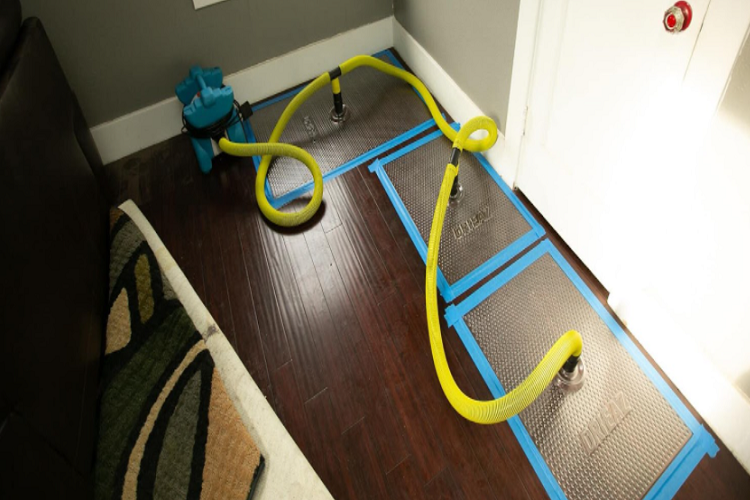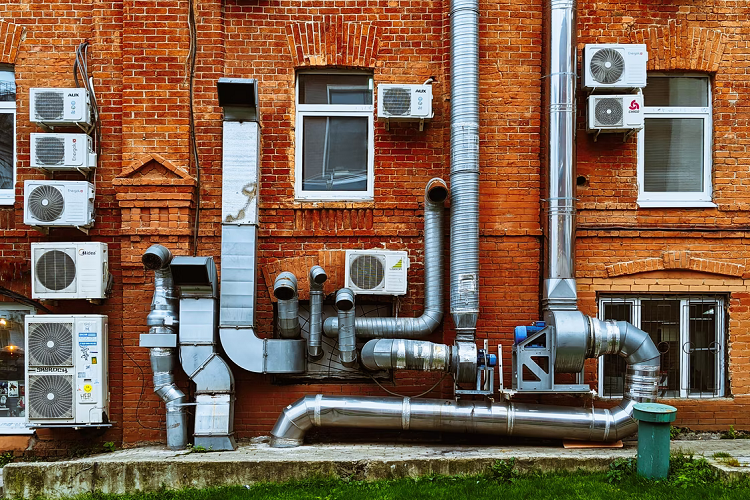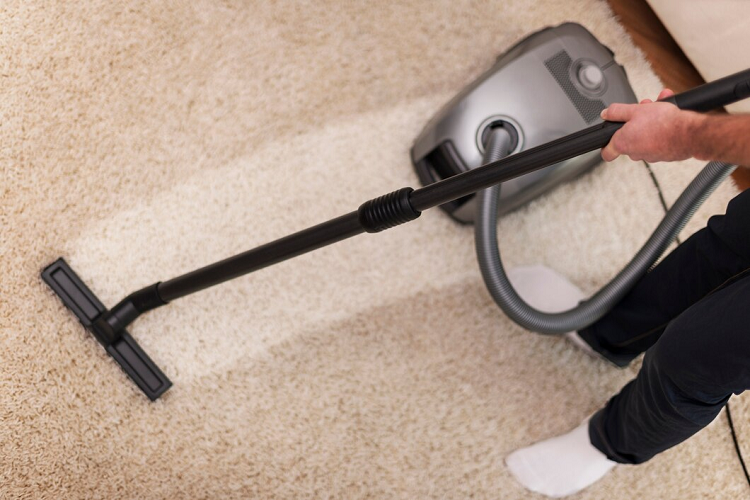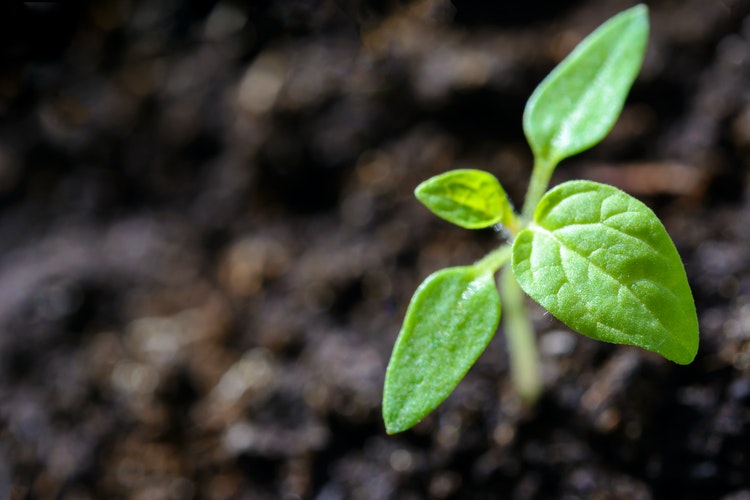Various possible losses or issues caused by water damage or water intrusion enables it to be attacked by destructive processes like rotting of wood, bacteria growth, mold growth, swelling of composite woods, rusting of steel delamination of materials such as plywood, and many more. To stop all these, you have to find a water damage restoration service provider, do not worry about that as this article is all about how to protect water damage to your home.
The most priority thing in case of water damage is to identify the source and to stop any further water escaping be it dealing with a leaky pipe or a flooded basement. There are structural issues that can occur because within the first 24 hours of a water leak like damage to floors, walls, and electricals, mold development and many more can occur. Small water leaks spread rapidly, can be very problematic as they absorb into the floor, walls, soft furnishings, and many more. Do not leave water damage for too long because it may happen that the insurance company may not cover it and at last you have to bear all these expenses that could be hefty.
Within the first 24 hours of the leak, your personal belongings such as books and photographs can bulge and wrap beyond repair. Not only papers, if we talk about the soft furniture it will soak through, but walls and floors will also start to absorb the water, drywall, wooden doors, and window frames can bulge, additionally paint or wallpaper can blister and can impact electrical systems.
In order to minimize the spread of mold and the risk of major structural damage. You should start repairing water damage within 24 to 48 hours after that the problem can often be more significant than it appears. It would always be best to seek the help of reputable restoration services as the technician of the company will assess the level of water damage and build the amount of work required to make the home habitable again.
9 Tips to Avoid Water Damage to Your Home
As per plumbing experts, here are a few things you can do to avoid water damage to your home:
1. Disconnect hoses
The initial thing to do in order to prevent water damage is to disconnect the hoses from the nozzle because these hoses can freeze back into the pipe create an ice block that at its best can stop your water flow or at its worst may bust your pipes and create damage to walls, foundation, and floor.
2. Clean the gutters
To avoid blockage and ice dams must clean your gutters at least twice a year otherwise it can cause damage to your gutters and roof whereas uncontrollable overflow may create puddles that lead to damage to the foundation. In order to secure your downspouts so they can point away from the home, do not forget to clean them so that water can flow.
3. Maintain trees and vegetation
You need to minimize landscaping or if needed remove trees and shrubs that have become too big as their roots can wrap around your pipes and break them. From the City of Everett, you can take the suggestion If you do not want to cut the trees and plants, and for how far to plant the trees from underground utilities who maintain a database of trees.
4. Must know your water main
As per plumbing experts, the water main shutoff can be the most essential plumbing feature in the entire house as your water main supplies water to the entire house. You must know your water main shutoff location as it will make it easier to turn off the water immediately and minimize any damage.
5. Maintain appliances
The most common cause of inside the home water damage are the appliances, you need to check and maintain your appliance daily in order to stop leakage. Special attention is to be given to your washing machine and refrigerator hoses. These are the most frequent causes of water loss and need to replace the hoses because they have a life expectancy of about five years to avoid a mighty mess and expensive damage.
6. Check and fix leaks promptly
Do not avoid checking leakage anywhere at your home otherwise you may experience mold, mildew, dry rot, or structural damage to your home as well which can be very expensive as the insurance company provides coverage for that damage that is sudden or accidental not for the damage that results from lack of maintenance.
7. Place a water detector
It is an electronic device that noises an alarm when its sensor is in contact with moisture and it detects low moisture levels or low leakage that sometimes go unnoticed. In order to prevent extensive damage and mold growth, locate the water detector near sump pumps, dishwasher, washing machine, and toilets.
8. Investigate your water pressure
Pipes and hoses can fail under the pressure if the water pressure is set too high. Make sure your water pressure is designed for 40 – 70 psi, if it exceeds 100 psi then you need to install a pressure regulator. Moreover, you can also purchase a gauge, install it on an outside faucet, and turn it to full force.
9. Detecting your water bill
You must know from where your water is leaking for that you need to take a closer look at your water bill and then find the solution immediately, and then also you are facing an issue then you need to find water damage restoration service.
Conclusion
Recovering from water damage can be a daunting task, but experienced professionals can help you to fix it. Experts can quickly and efficiently restore a home to its original condition. The exact flood repair costs vary by region and by the insurance contract. Check your insurance policy to determine coverage for water deterioration. Experienced maintenance professionals work with you and your insurance company to minimize costs and disruption. With the help of a specialist, your life will subconsciously return to normal.
Billy is a marketing manager at EZ Restoration USA. Her extensive knowledge of plumbing services has helped many people to overcome water damage and slab leak repair issues in their homes and offices.




